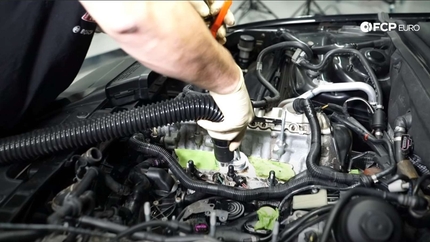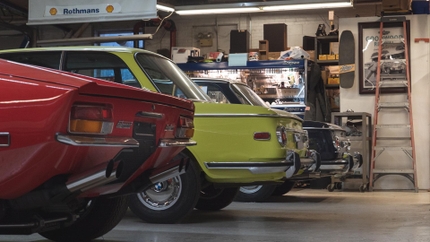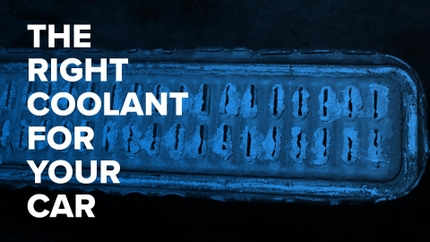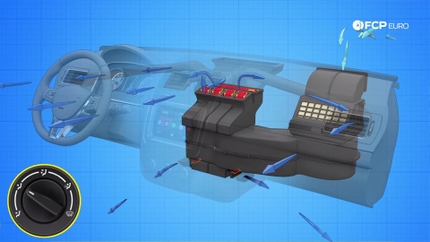- 03/08/2022
- 3 Min Read
- By: Christian Schaefer
How To Diagnose & Prevent Car Interior Water Leaks
Interior leaks in cars are often found after it is too late. One day everything is fine, and the next, water is dripping onto your head from the headliner above. While leaks seem like a large issue, there are a few key places to check that will almost always take care of the problem.
If your car has a water leak, address these two main areas to focus on to determine your next steps. Most times they don't require any special tools or parts to remedy.
Water leaking from the headliner
A leak around the roof isn't difficult to determine. If your head isn't directly getting wet, you'll be able to see water stains on the headliner and the A-pillars. There are a few different places the leak could be from if it isn't from multiple areas.
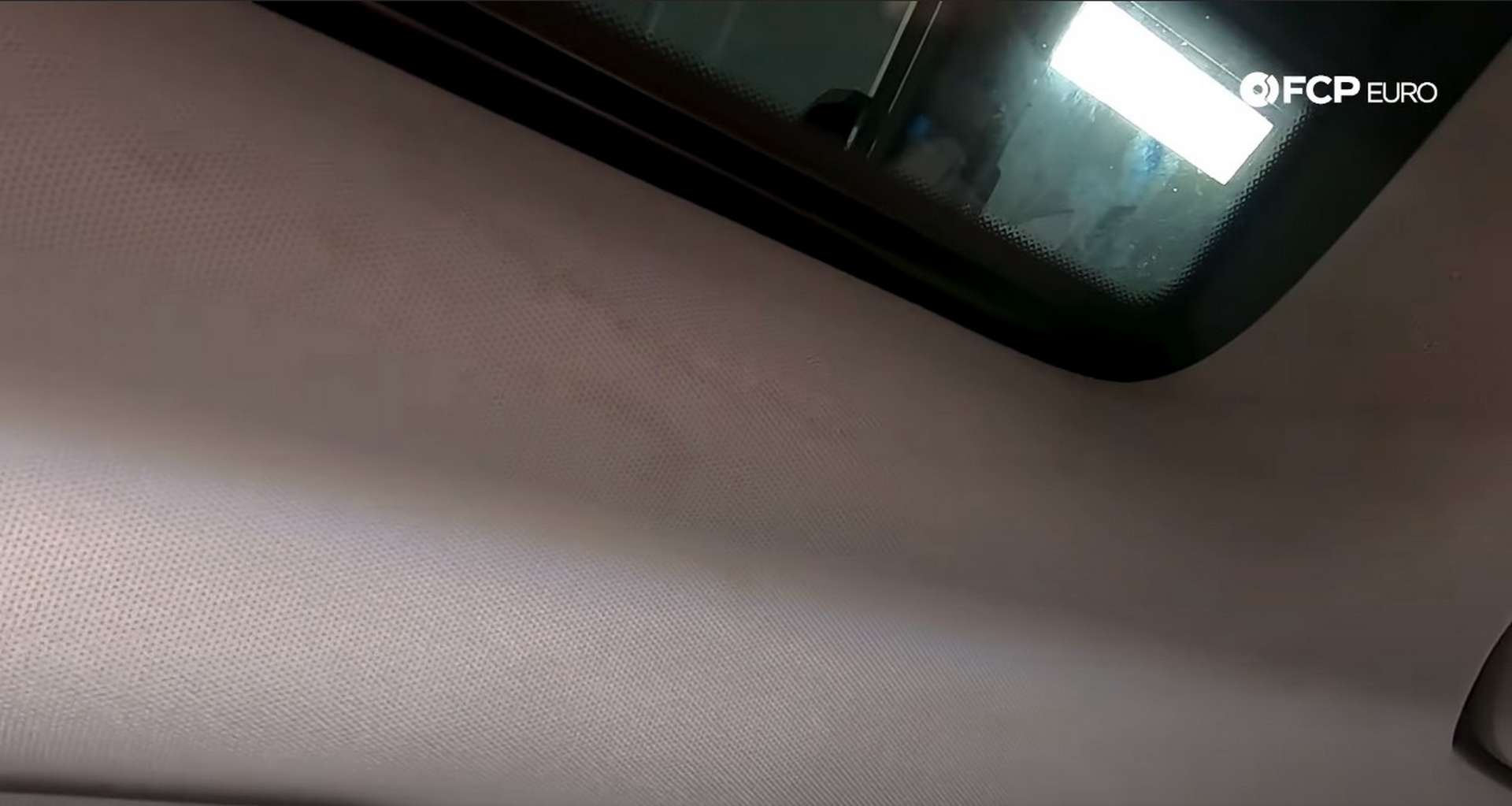
A water leak around the roof will be the most common leak point for most vehicles. Vehicles with sunroofs are especially vulnerable to these leaks. Automakers know that the sunroofs and their seals won't always be watertight. To prevent interior leaks, the manufacturers put a small drain in each corner of the sunroof. These drains will collect dirt and debris while they are open and have water drain through them. Without proper maintenance, the drains will clog, forcing the water to leak through the sunroof into the interior.

The drains are long tubes that exit to the ground or into the windshield cowl. A quick google search will bring up specific snakes to clear out the clogged drains. Additionally, you can use compressed air or some high-pressure water to clear them out.
If the sunroof isn't leaking, then the next area to test is the windshield seal. Rubber windshield seals can dry up and crack when exposed to constant extreme heat and sunlight. Even then, a seal isn't likely to go bad in the first five to seven years. When they do go bad, however, leaks will happen. Beyond ruining interior pieces, rust can form when water gets trapped between the windshield and the chassis.
Vehicles like the BMW E90 are notorious for having windshield seals that crack and disintegrate over time. Fortunately for their owners, the new seal is cheap and relatively easy to replace. Owners of other vehicles may not be so lucky. Depending on the make and model, the windshield will use a silicone-type sealant and will have to be removed for the new sealant to be applied.
Water in a car's footwell
A collection of water in the passenger's side footwell is more problematic than water collecting in the headliner. Below the carpet in the footwell lies the car's brain, the ECU. Along with the ECU, there are a handful of electrical connections for various parts of the wiring harness.
Check the area by pulling back the floor mats and then the carpet.
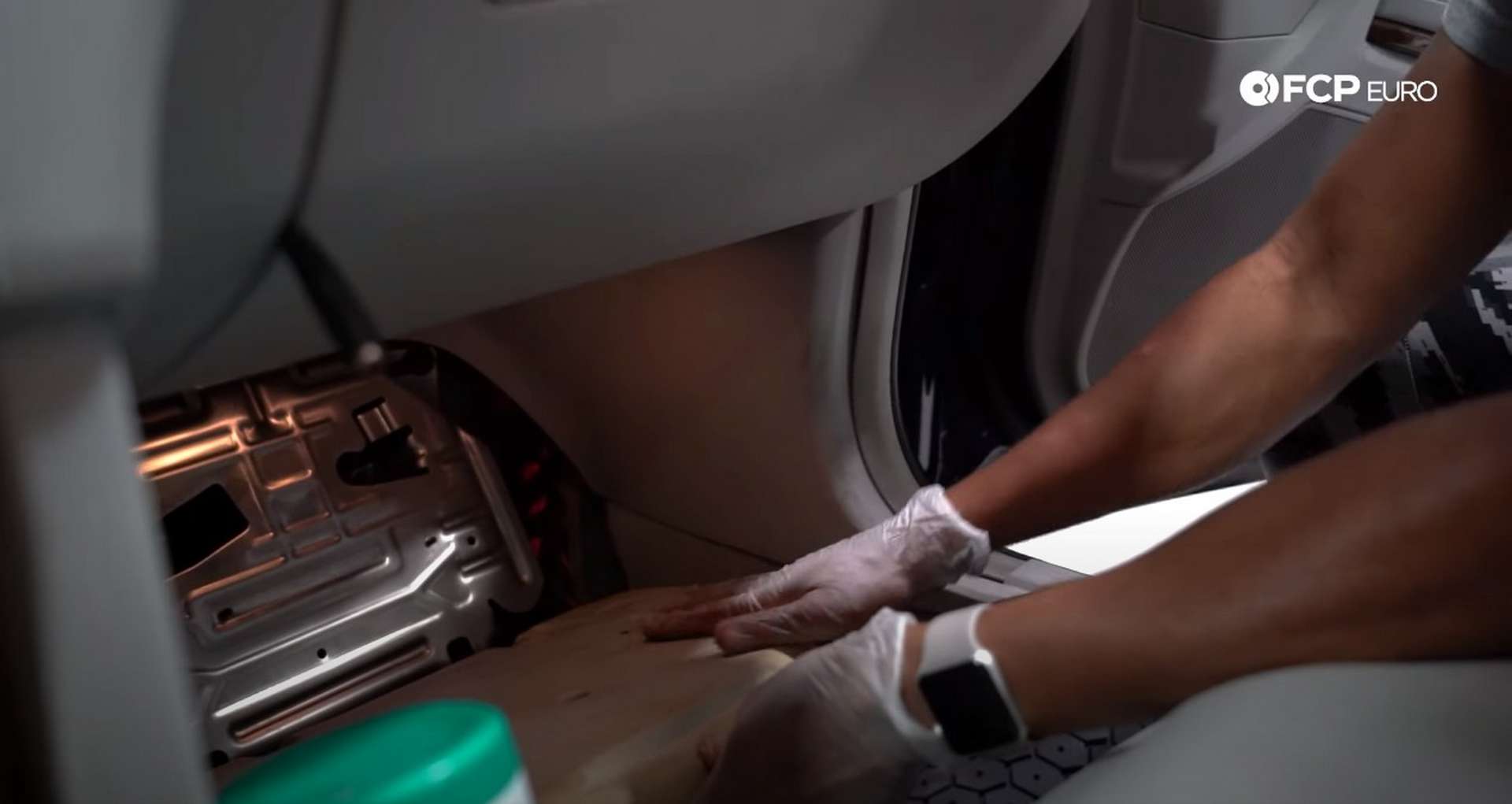
Feel the backside of the carpet for any excess moisture. Pull the carpet back further and take a look at the floor. Check for any signs of rust, mold, and mildew. Next, unplug some of the electrical connections, one at a time. Examine the inside of the connections, checking for any green-colored corrosion. The corrosion is a tell-tale sign that water was present at one time.
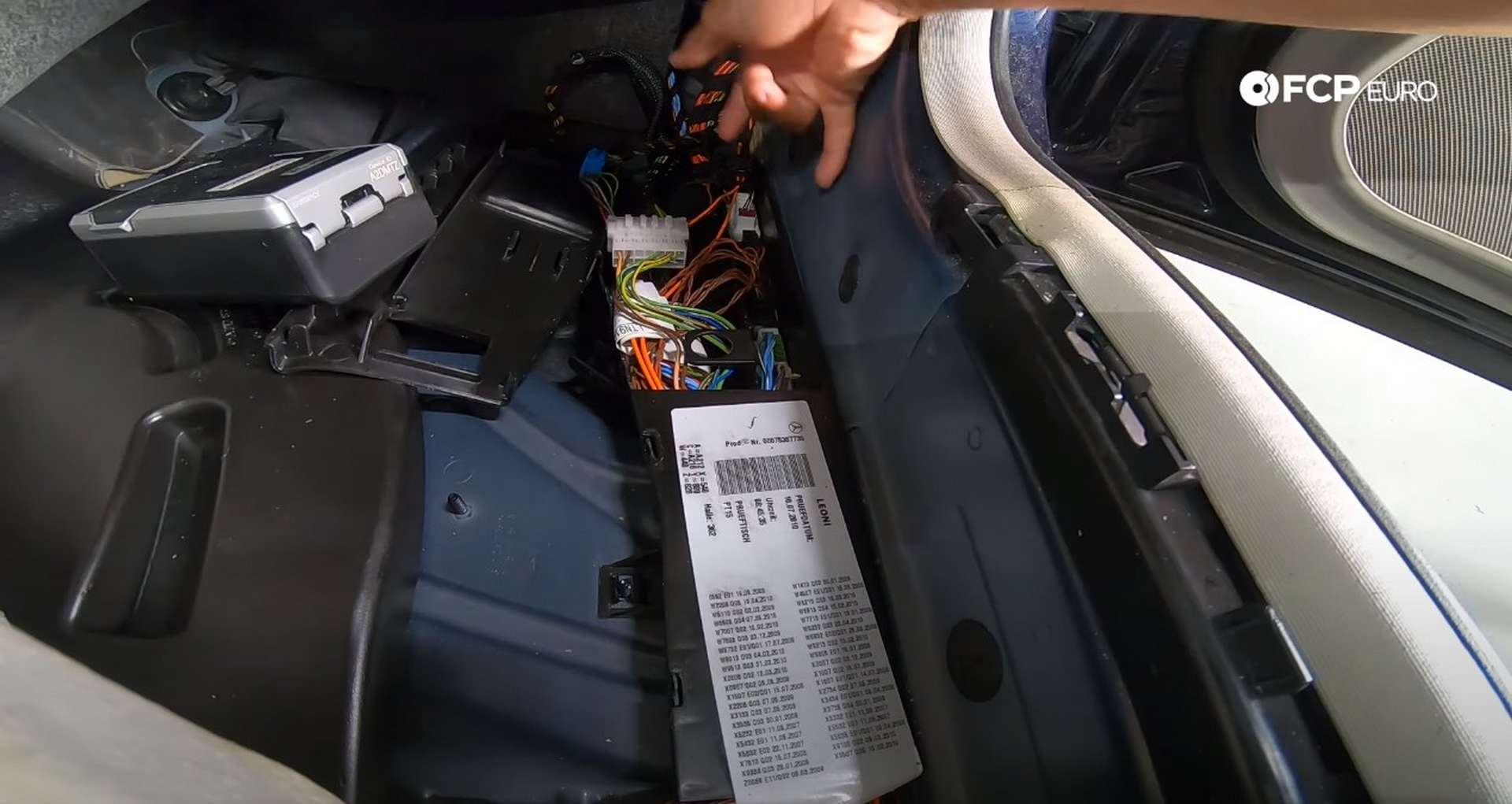
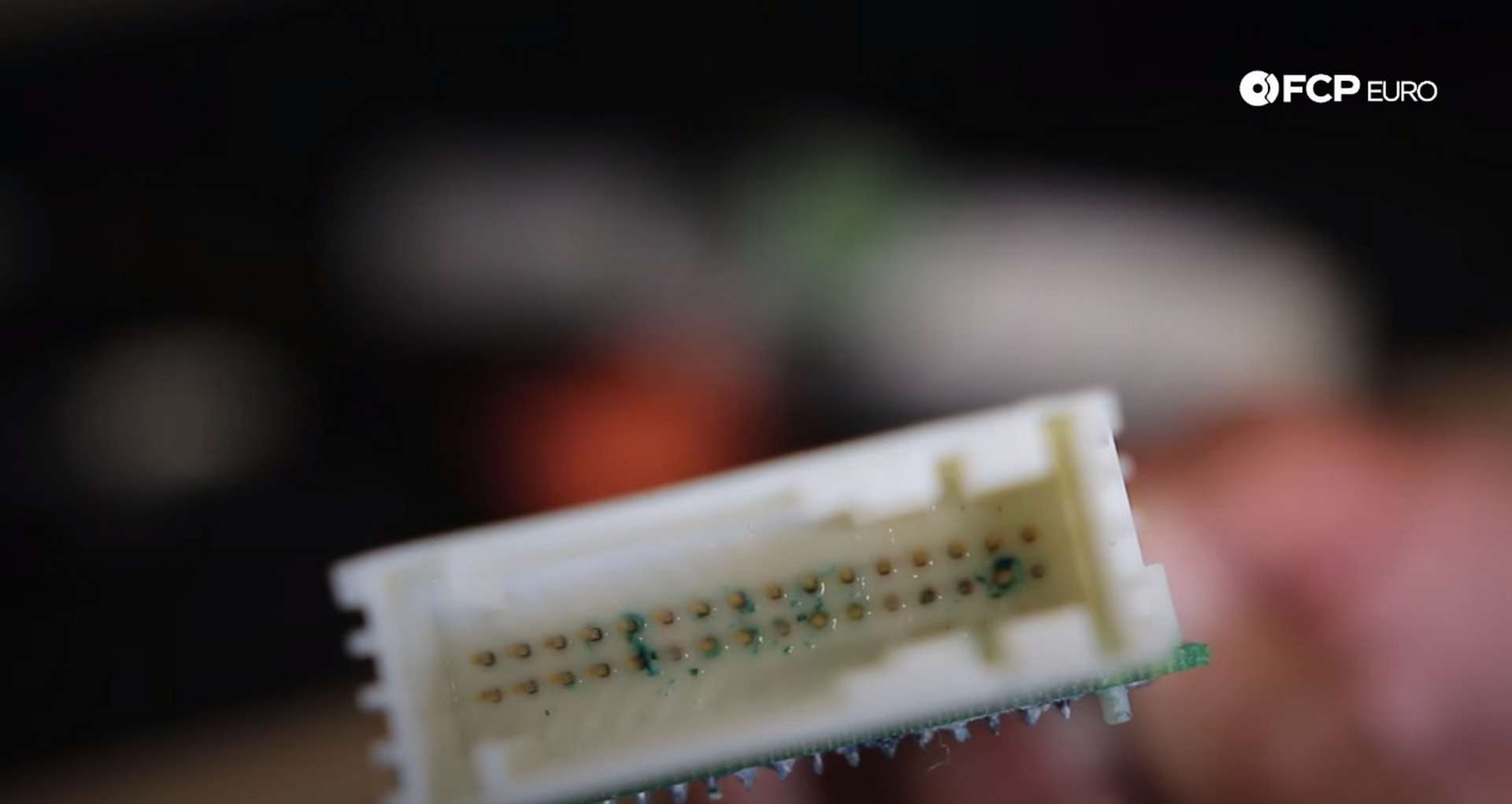
Tracking down the source of the water can be tricky. Start with the seals around the door. These are the closest entry points for water. Next, check the base of the windshield and the windshield cowl. The windshield cowl's purpose is to direct water to drains in the fenders so that water doesn't build up at the windshield base. When these drains clog, they can spill over and find their way into the interior. Additionally, on vehicles like Jaguar's XK, the A/C system's drain tube will get clogged with dirt and debris, causing it to back up into the passenger's footwell.
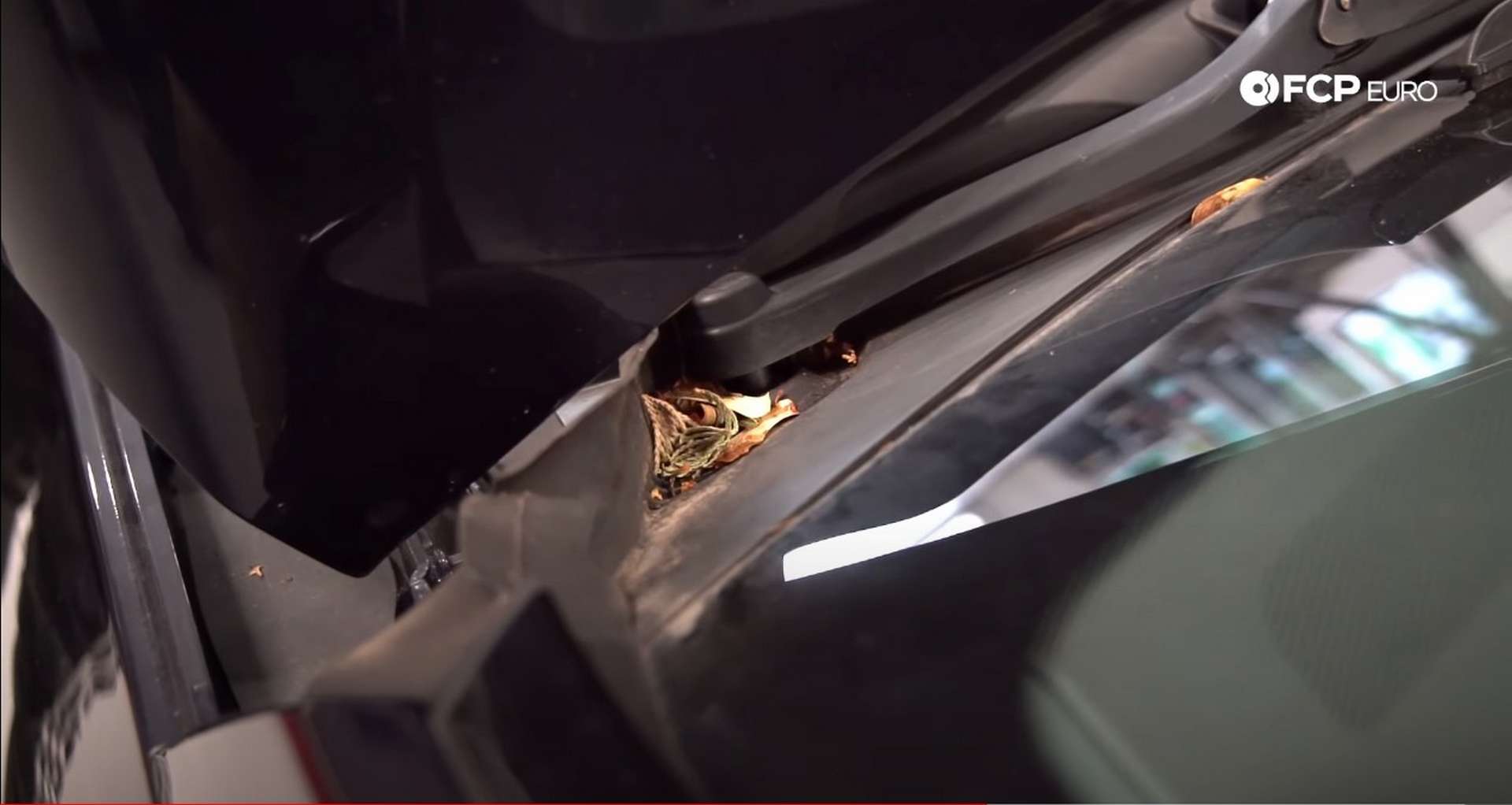
The clogged cowl drains and A/C drain are simple fixes. Clear out the blockage, and you're good to go. If you live somewhere with fall foliage or park under trees often, you should inspect your cowls for blockage and clean them weekly. The cowl drains typically drain out behind the fender and are accessible by removing the fender liner.

A perished door seal is more work to fix and may be better handled by a professional, depending on the model. Take a look at how it attaches to the door and try to determine whether or not it is something you can take on yourself. If it's beyond the scope of your skills, we suggest visiting a trusted local independent shop.
When it comes to water leaks in a car's interior, these two areas are typically all that you need to focus on. Take the time to investigate the issue, and by using the clues presented to you, you can usually find the cause of the problem in no time.
And if your headliner is now stained from your water leak, don't fear as you can more likely than not remove that stain yourself. We recommend using a small amount of all-purpose interior cleaner and a clean white microfiber towel that won't transfer the color to your headliner. Using as little cleaner as possible lightly dab at the stain until it is gone. You don't want to soak the headliner too much because the sensitive glue that holds the headliner fabric in place. Once you've removed the stain, we suggest pointing a fan at the spot you cleaned and letting that run overnight with the windows open.
If your carpets have gotten wet from your water leak, we suggest a minimum of a wet and dry vacuum to suck the excess water out of the carpets. Once you suck out the water, we recommend Griot's Garage Carpet Cleaner and a drill brush along with additional uses of the vacuum.
If you have any questions about a leak on a specific car or are still having trouble tracking down your leak, leave your comments and questions in the comments section below.



